Sprinklers With Stake: What Features Make Them Perfect for Efficient Garden Watering?
Content
I、Can Adjustable Spray Patterns in Stake Sprinklers Adapt to Different Garden Sizes?
Gardens come in all shapes and sizes—some are small flower beds, others are large vegetable patches. A common question is: can a single stake sprinkler with adjustable spray patterns cover both small and large areas effectively?
The answer is yes, but it depends on the range of adjustability. High-quality stake sprinklers typically offer spray patterns like "full circle," "half circle," "quarter circle," and even "narrow strip." For a small flower bed (1-2 square meters), a quarter-circle or narrow strip pattern works—this avoids wasting water on sidewalks or driveways. For a large vegetable patch (5-10 square meters), a full-circle pattern with a spray radius of 3-5 meters can cover the entire area. Additionally, some sprinklers allow you to adjust the water flow rate: lower flow for delicate plants (like seedlings) to prevent soil erosion, higher flow for sturdy plants (like tomatoes) that need more water. The key is to choose a sprinkler with a spray radius that matches your garden’s largest area—for example, if your biggest garden bed is 6 meters wide, a sprinkler with a 3-meter radius (full circle) can cover it when placed in the center.
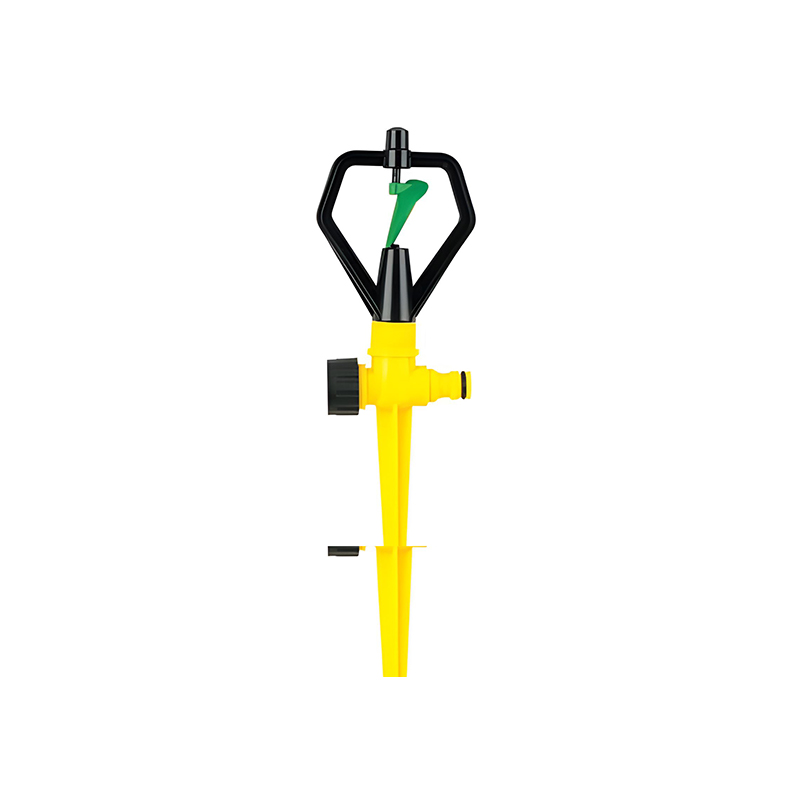
II、Are Stake Sprinklers Stable Enough to Stay in Place During Strong Winds?
Strong winds can knock over lightweight sprinklers, leading to uneven watering (or water spraying where it’s not needed). So, what makes a stake sprinkler stable enough to withstand wind?
First, the stake’s length and material matter. A stake made of metal (like stainless steel or aluminum) is heavier and more durable than plastic, so it’s less likely to tip over. The stake should also be at least 20cm long—this allows it to be inserted deeply into the soil, providing a firm base. Some sprinklers even have a "double-stake" design: two stakes that insert into the ground side by side, further increasing stability.
Second, the sprinkler’s body weight plays a role. A sprinkler with a slightly heavier body (but still easy to carry) is less likely to be blown around by wind. For example, a metal-body sprinkler (weighing 300-500g) is more stable than a plastic one (weighing 100-200g). However, weight shouldn’t be too heavy—otherwise, it’s hard to move the sprinkler from one garden bed to another.
Finally, the water pressure can affect stability. If the water pressure is too high, the sprinkler may vibrate excessively, which can loosen the stake. Most stake sprinklers work best with a water pressure of 2-4 bar (a standard household water pressure range). If your water pressure is higher, you can install a pressure regulator to reduce it—this not only stabilizes the sprinkler but also prevents overwatering.
III、Do Stake Sprinklers Save Water Compared to Hand Watering or Regular Sprinklers?
Water conservation is a key concern for many gardeners. So, do stake sprinklers use less water than hand watering with a hose or traditional above-ground sprinklers?
Yes, for two main reasons. First, stake sprinklers deliver water directly to the soil around plants’ roots, minimizing evaporation. Hand watering with a hose often results in water splashing on leaves or the ground, and much of it evaporates before reaching the roots. Traditional above-ground sprinklers (like oscillating sprinklers) spray water high into the air, leading to even more evaporation—especially on hot, windy days. Stake sprinklers, on the other hand, are close to the ground (usually 10-15cm above the soil), so evaporation is reduced by 30%-50%.
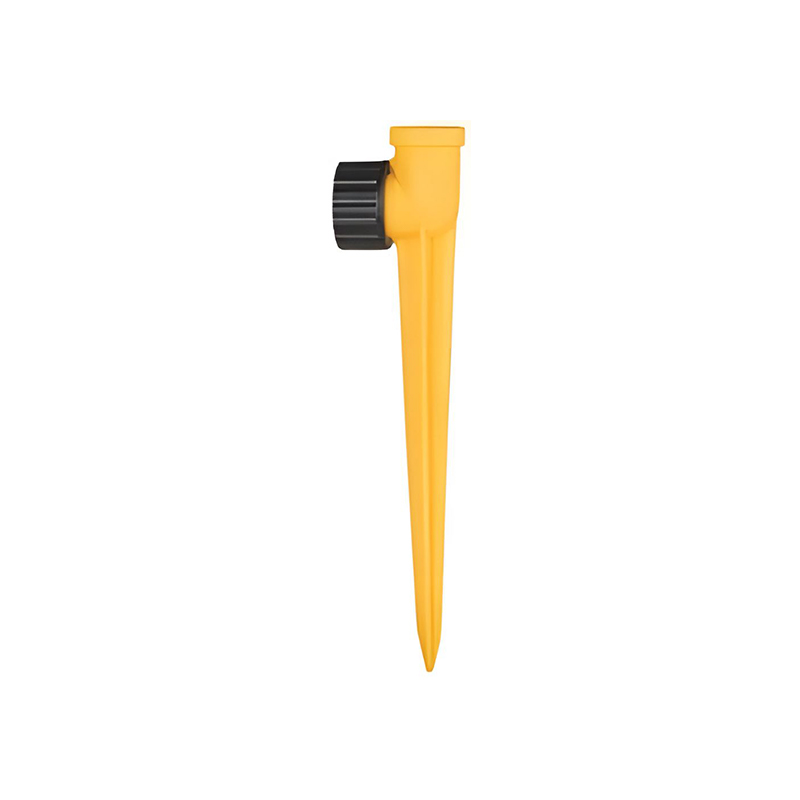
Second, adjustable spray patterns allow for precise watering. With a stake sprinkler, you can target only the areas where plants are growing, avoiding watering empty soil or non-garden areas (like paths). Hand watering is less precise—you may accidentally water areas that don’t need it. Traditional sprinklers often have fixed patterns that cover large areas, including non-plant zones. For example, a stake sprinkler set to a narrow strip pattern can water a row of carrots without wasting water on the grass next to it. Over time, this precision can save a significant amount of water—gardeners report using 20%-40% less water with stake sprinklers compared to other methods.


 Search for...
Search for... English
English Español
Español 中文简体
中文简体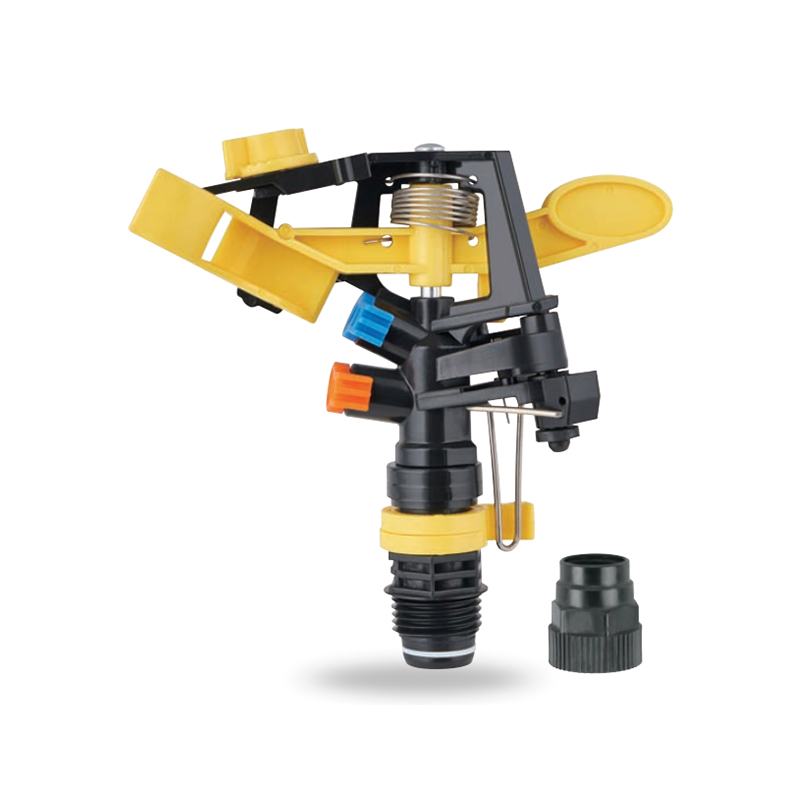
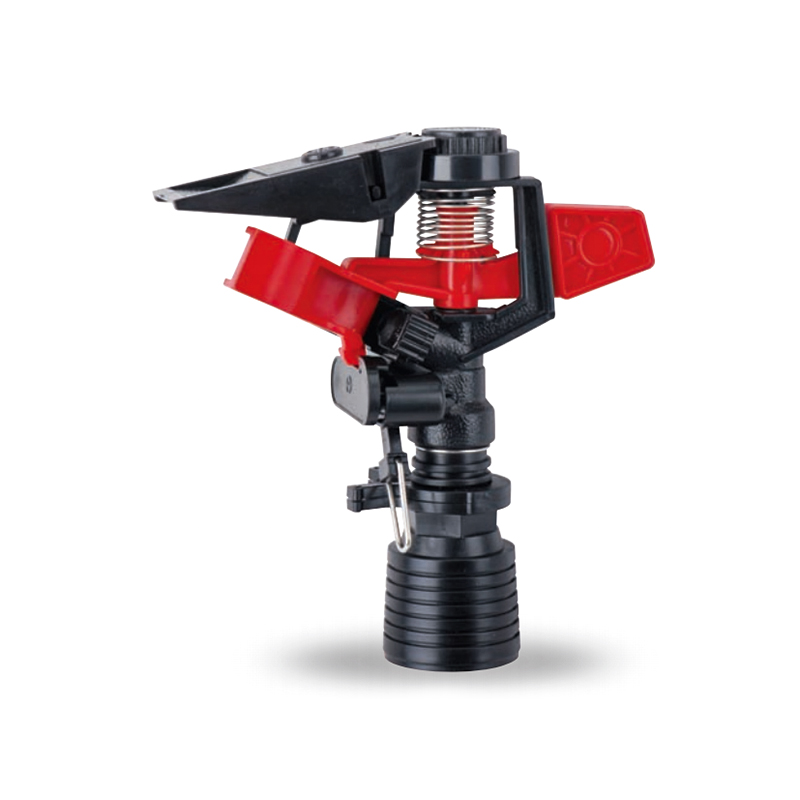
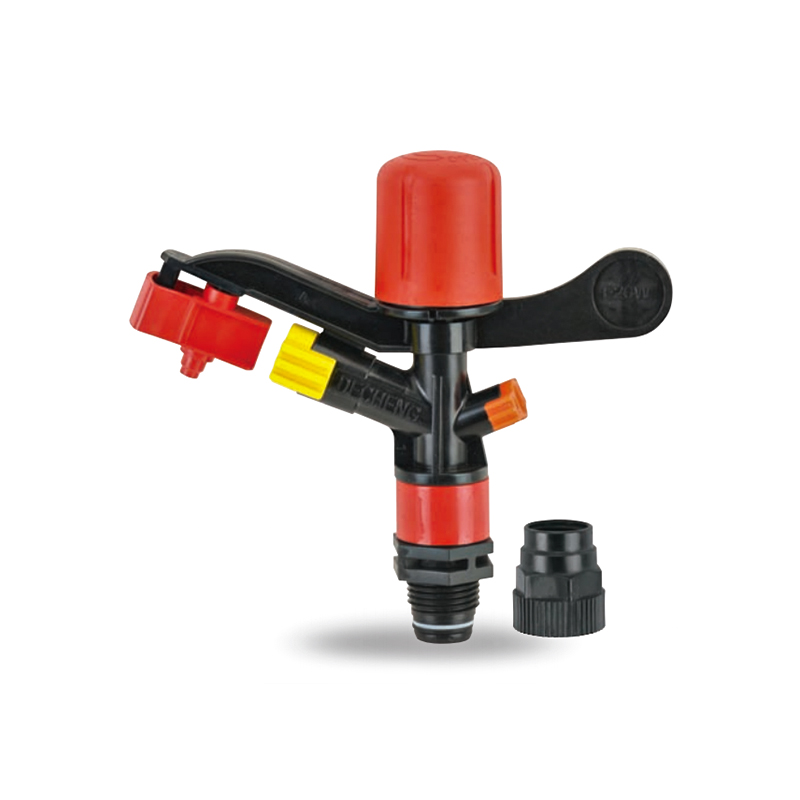
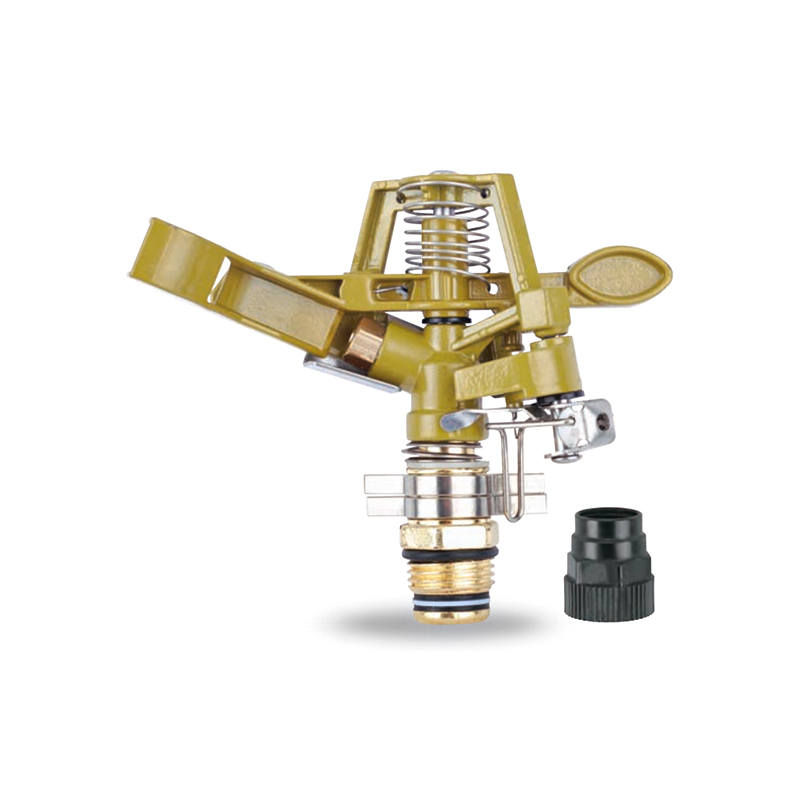
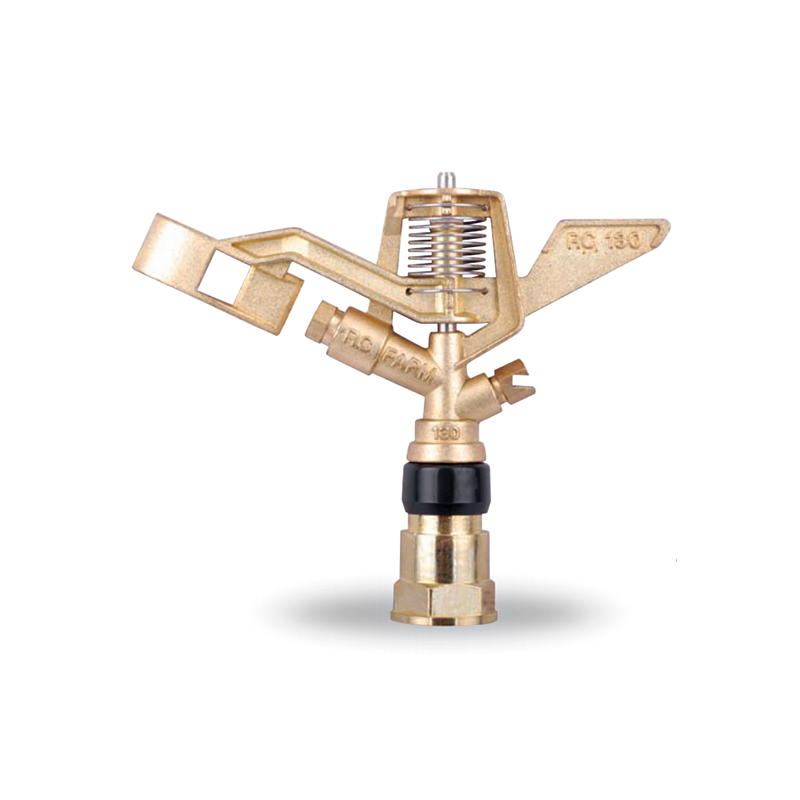
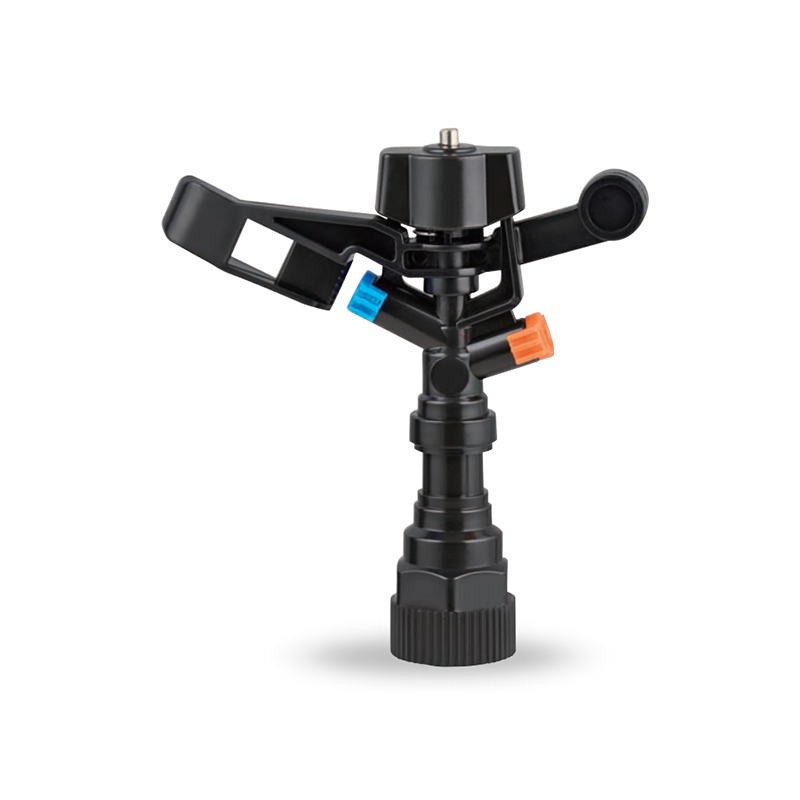
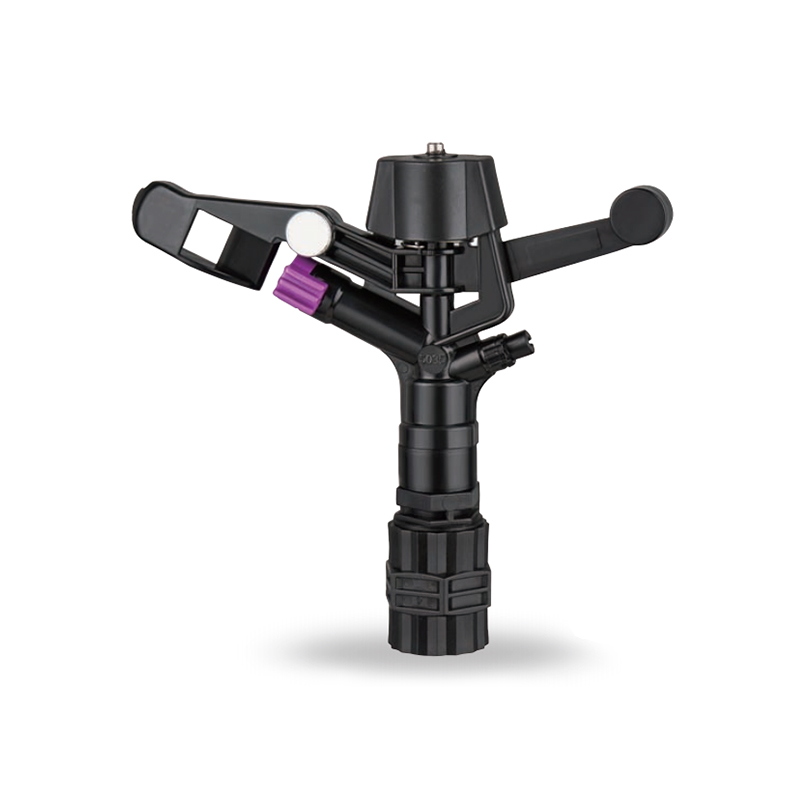
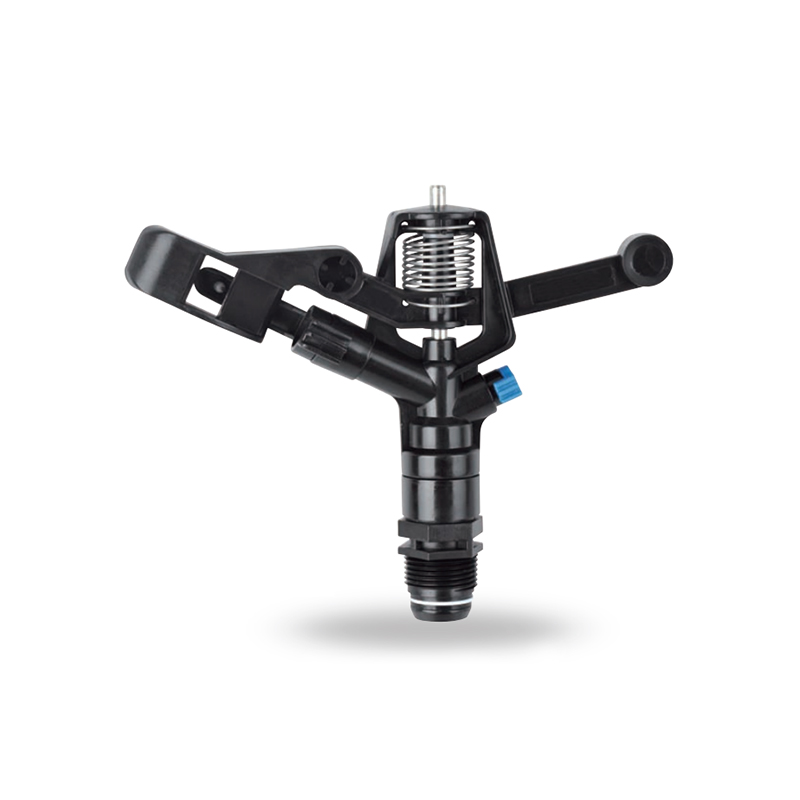
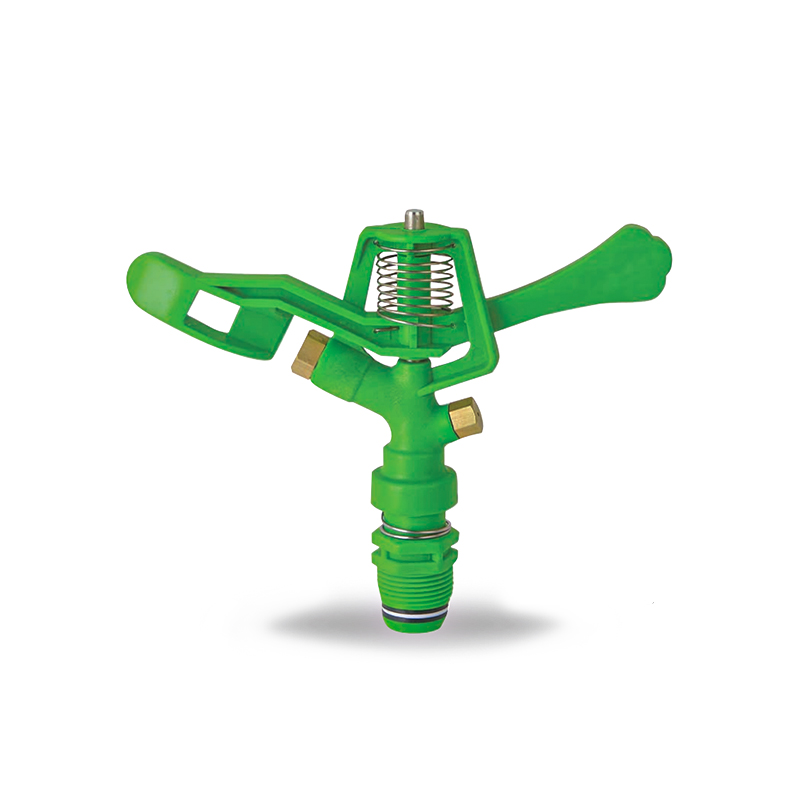
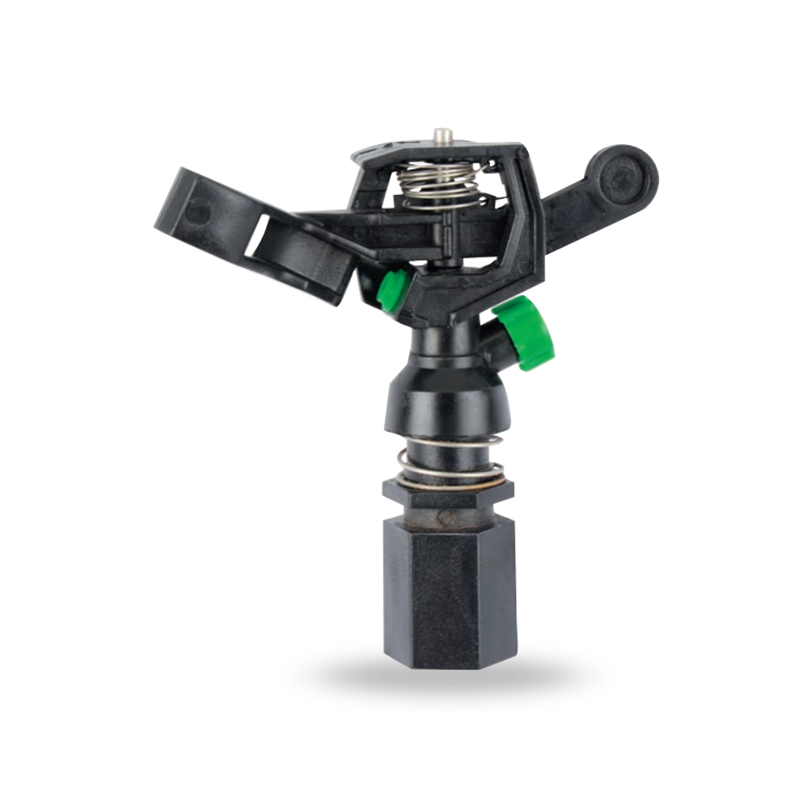
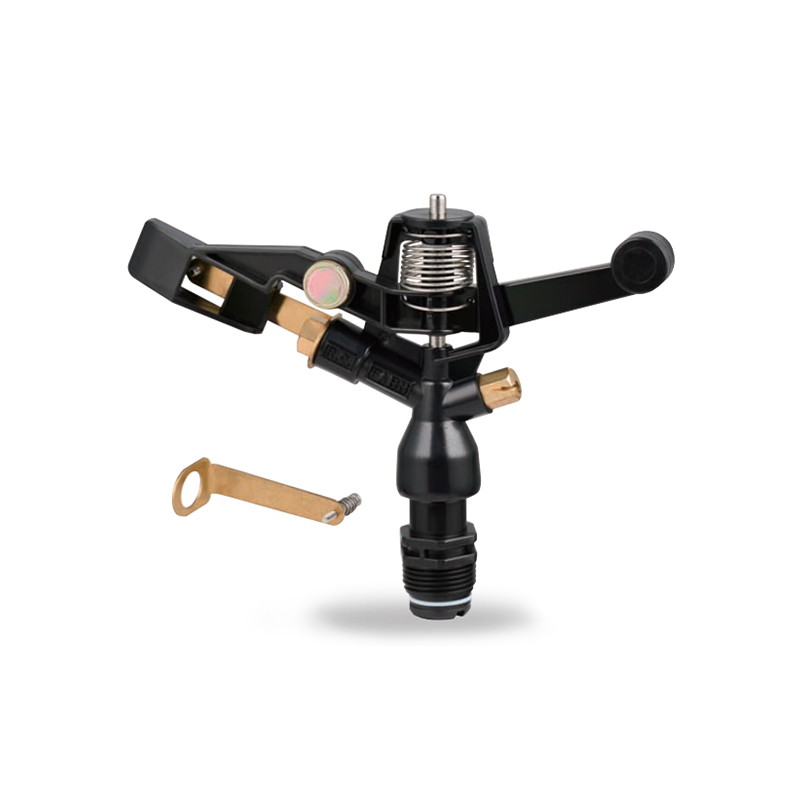
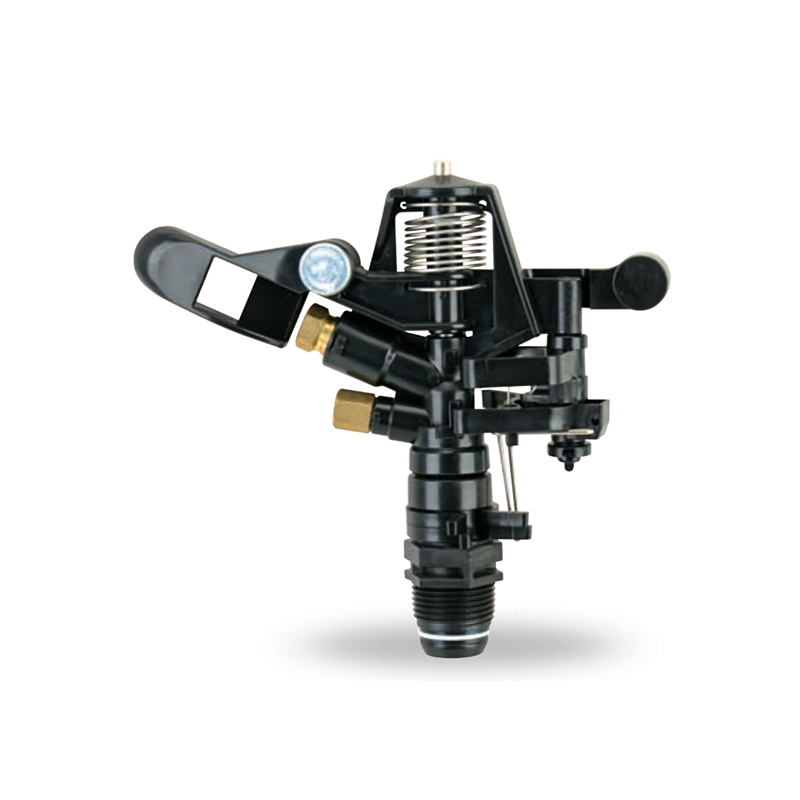



 No.518, Ruihao Road, Lizhou Street, Yuyao City, Zhejiang Province, China
No.518, Ruihao Road, Lizhou Street, Yuyao City, Zhejiang Province, China +86-13105554615 / +86-18005843886
+86-13105554615 / +86-18005843886 decheng@dcssq.com fredzhu@dcssq.com
decheng@dcssq.com fredzhu@dcssq.com

